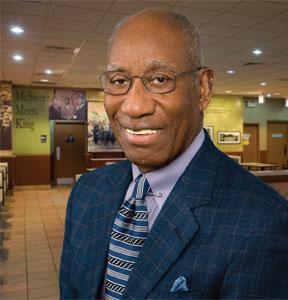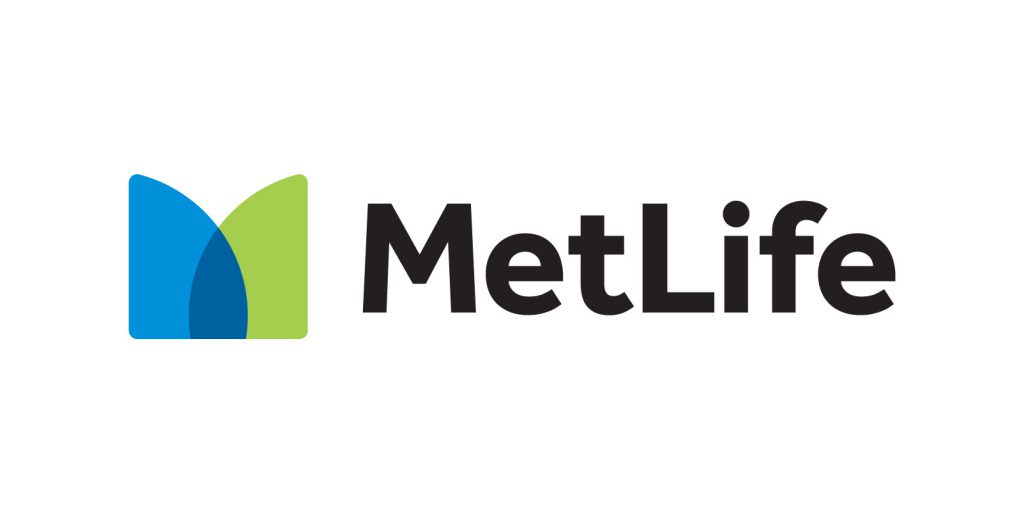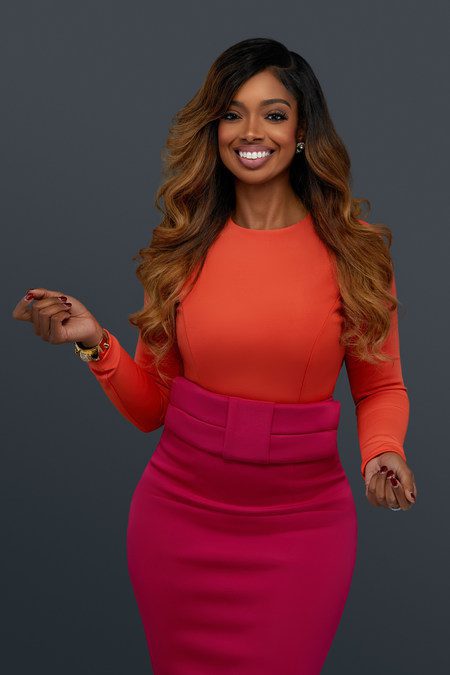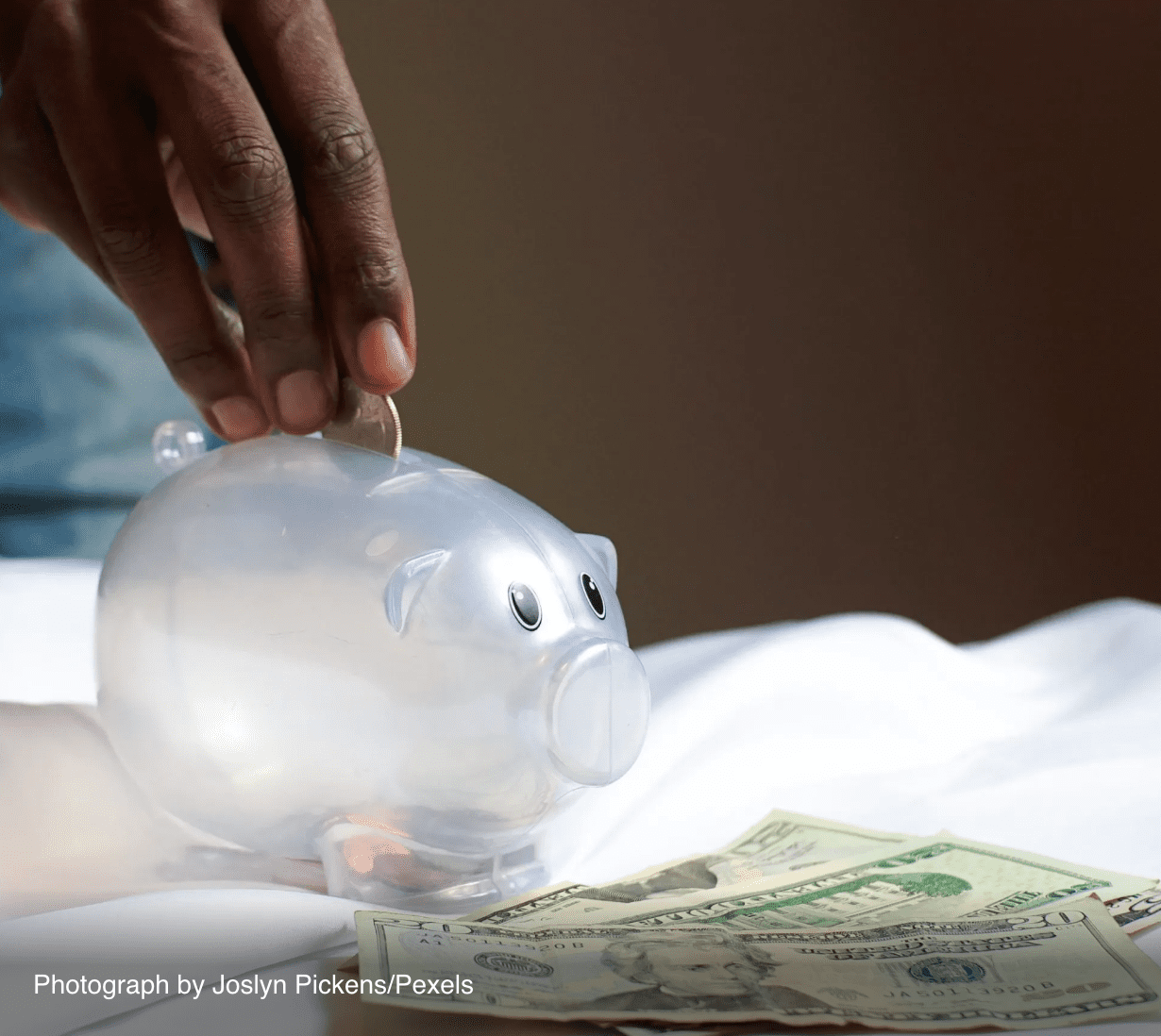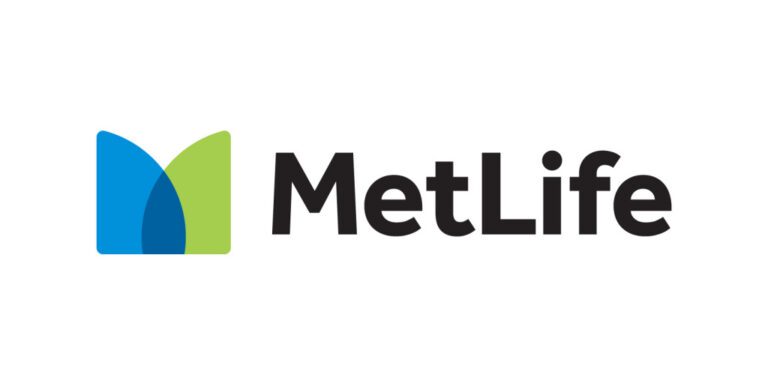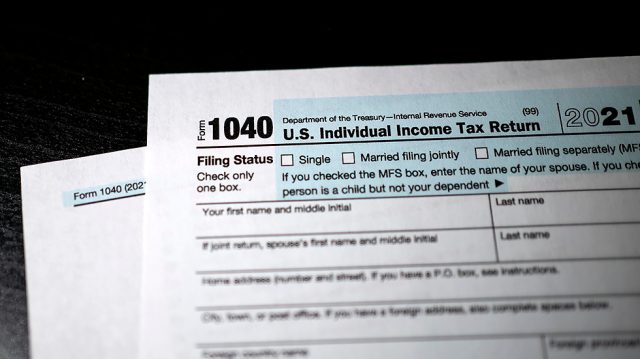In the wake of rightful national outrage over the public murder of George Floyd in May 2020, we’ve seen waves of major businesses one-upping each other to invest in racial justice. Their statements range from vague promises to do better, to real, concrete, multi-billion-dollar commitments. But these commitments must be part of deep, structural change if they are to address the pernicious roots of society’s inequity. The question still remains: Are companies just having a moment, or truly joining the movement?
It’s important not to understate the importance of pushing capital directly back to Black & Indigenous communities. There are countless studies, not to mention the agonizing weight of history that demonstrate well beyond any doubt that these communities have had hundreds of billions if not trillions extracted from them, and any justice will have to involve reversing that process. To that end, these commitments are essential pieces of restorative justice. And, as pieces, they must be understood in context. Here’s a round-up of commitments made, commitments honored, and spaces where corporate actors still have room to go further.
Goldman Sachs
In March 2021 Goldman Sachs launched the One Million Black Women (OMBW) Initiative. It was a promise of $10 billion in direct capital investment and $100 million in philanthropy, “aimed at narrowing opportunity gaps and positively impacting the lives of at least one million Black women” through investments in sectors like “education, healthcare, housing and small business.”
The offer of resources now still invokes the pain of past resource extraction. “It makes me think,’Where could I be in life, where could my mom and my grandmother be if this initiative was taken years earlier,’” Ebony Ruffin told Forbes. Ruffin owns and operates Ruffin Consulting Services which advises Black families on building wealth. “While I think it is a great move now, I wonder how much farther we could be in life and for the generations of women in my family, if the move was made sooner.”
Still, what can be done now is staggering. Black Womenomics, a publication from OMBW, estimates that reducing the earnings and wealth gap for Black women could create 1.2 to 1.7 million new jobs and boost US GDP by $300 to $450 billion.
It is important to note that Goldman Sachs additionally has led its “Launch with Goldman Sachs” initiative since 2018, which “ aims to increase access to capital and facilitate connections for women, Black, Latinx and other diverse entrepreneurs and investors.” Working with expert Black women investors like Margaret Anadu and Kimberly Marshall, diverse entrepreneurs get access to the type of networks and resources that have typically been reserved to the white-male dominated club of finance.
Such momentous commitments are welcome from one of the great perpetrators of American financial chaos. While investing in the closure of the racial wealth gap is an unqualified good, for the sake of context, we can’t forget who made these investments necessary. So hopefully such investments designed to invest in social good are also matched by internal commitments to also avoid social harm–addressing the broader balance sheet of Goldman Sachs over time.
JP Morgan Chase
JP Morgan Chase’s accounting of its own history on the company’s website will let you know that the company’s roots go all the way back to 1799 in the US, with numerous predecessor organizations. “Each of these firms, in its time, was closely tied to innovations in finance and the growth of the U.S. and global economies.”
What it leaves to the imagination is the fact that many financial “innovations” were rooted in the trans-Atlantic slave trade.
For instance, 2005 JP Morgan Chase finally noted that their predecessor banks took slaves as collateral. This isn’t particularly unique, unfortunately. After almost two centuries of merging smaller, local banks into the handful of names we know today, many of the US major financial institutions, including Bank of America BAC +1.2% have also had disturbing relationships with the slave trade.
Given JPMorgan Chase’s history, it’s fitting that the company launched a substantive $30 billion Racial Equity Commitment. Started in late 2020, within a year, the US’s largest banking giant had deployed or committed more than a third of that total (their latest public reporting). These include investments into mortgage refinancing and first-time home ownership grants, as well as investments in Community Development Financial Institutions and small businesses in communities of color.
Bank of America
In June 2020, Charlotte-based Bank of America committed $1 billion over four years as part of their racial equity programs. This was increased in May 2021 to $1.25 billion as a mix of philanthropy, investments, and increased lending.
The bank has also committed $350 million to Black, Native, and Latinx funds which improve access to capital for underbanked communities. Through that, BoA has already closed 90 investments across the country, including with firms like Cleo Capital, Avenue Growth Partners, and Greenwood.
Other major commitments include the $60 million fund for BIPOC affordable housing with Enterprise and exploratory efforts for investments in Asian-American and Pacific Islander communities, following an uptick in prejudicial violence in the US.
Netflix
Netflix is far from the kind of multigenerational institution as the above examples, but it is an example of businesses peddling culture that implicitly rely on the contributions of communities of color who are often not explicitly compensated—or dramatically undercompensated—for their labor. And, like these others, Netflix was responsive to the times. In 2020, the new media giant pledged 2% of its cash holdings ($100 million in 2020) to Black-owned banks to close the racial equity gap.
Netflix App
Close-up detail of the Netflix app icon. (Photo by Phil Barker/Future Publishing via Getty Images) FUTURE PUBLISHING VIA GETTY IMAGES
While Netflix’s commitment wasn’t quite as numerologically impressive, their quick move to action is. Netflix made a $10 million deposit with Black-led Hope Credit Union last year (an organization my social investment firm has also supported), another $10 million in OneUnited, the country’s largest Black-owned bank, among other institutions.
There’s more coming, too. “Because we pegged our commitment to 2 percent of Netflix’s cash, [that] grows overtime. So we will be ‘topping up’ our commitment at the end of the year and moving more cash… into these institutions,” Netflix’s Aaron Mitchell and Shannon Alwyn announced in a December 2021 blog post. Netflix has learned what social investors have known for decades–that investing in people of color led organizations can be a simple, safe way to align social purpose and financial objectives.
Nike & Michael Jordan
Shoe maker Nike is another example of a culture-driving company investing back into the communities it works with. In early June 2020, Nike committed $40 million across its core brand, as well as its Jordan and Converse brands to serve Black communities. That figure was upstaged that same day by Michael Jordan who, on top of being the namesake of the Jordan brand, personally committed $100 million to racial equity causes.
So far, those projects have deployed $15.75 million. Partners include the NAACP Legal Defense and Education Fund, as well as the NAACP Empowerment Fund. Others include Black Girls Code, Black Girl Ventures, Black Votes Matter, as well as almost $3 million that’s been distributed to local organizations in New York, Chicago, Los Angeles and St. Louis.
From Moment to Movement
So here’s the challenge: financial institutions have historically inflicted deep wounds on communities of color. Past offerings have been bandaids at best. Current commitments resemble real sutures–they close the wound for good, and are very much welcomed. But they still leave the scar of history. And they don’t necessarily remove the knife from finance’s hands, to prevent future harm in the pursuit of profit.
Contrast this with community banks and credit unions, whose mission statements from day one obligate them to serve their communities rather than distant shareholders. Until finance addresses the real impact of shareholder primacy–shifting why decisions are made, and who is making them–commitments to racial justice will continue to be expressed as “side commitments” rather than simply everyday business practice.
Similarly, companies that sell culture–through media or brands have an obligation to give back to the cultures they benefit from exporting. In the pursuit of industrialization and mass manufacturing, we’ve lost an untold amount of global culture from countless groups of people, distilling traditional practices everywhere into a handful of recognizable traits. And instead of supporting derivatives, we can also buy directly from small BIPOC designers and artists. If big companies want to help, they can hire and promote BIPOC decision makers, and then listen. If we’re going to build a more equitable society, we have to start doing things differently.


